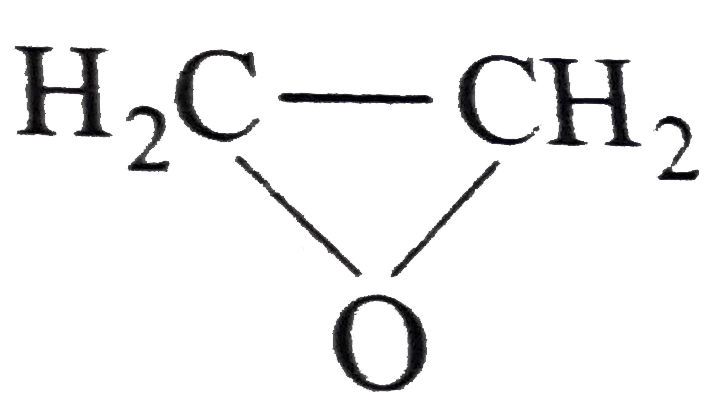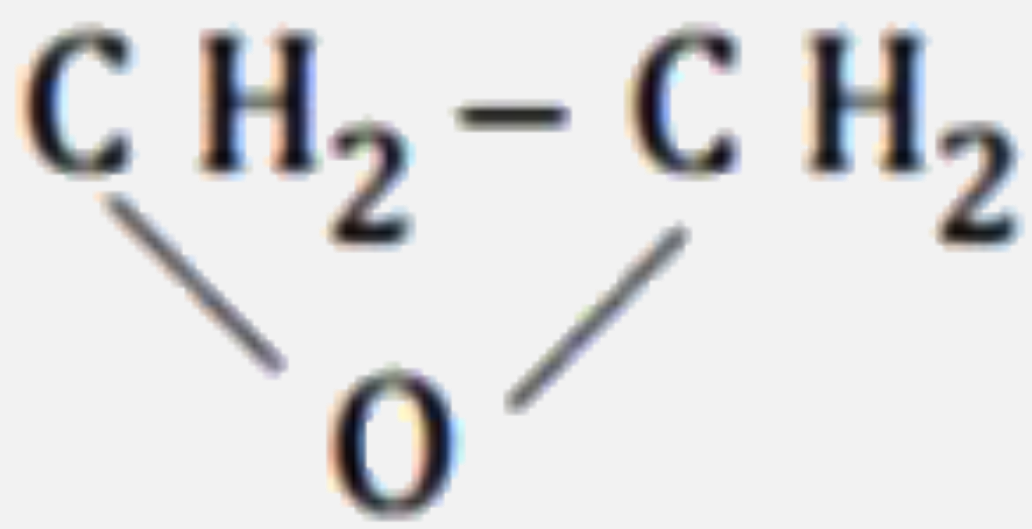CFCl3 and HF on reaction in presence of SbF5 leads to the formation of:
Freon -112
Freon - 114
freon -11
Freon -12
The correct Answer is:D
To solve the question regarding the reaction of CFCl₃ (trichlorofluoromethane) and HF in the presence of SbF₅ (antimony pentafluoride), we can follow these steps:
Step 1: Identify the Reactants
The reactants in this reaction are:
- CFCl₃ (trichlorofluoromethane)
- HF (hydrofluoric acid)
- SbF₅ (antimony pentafluoride, which acts as a Lewis acid)
Step 2: Understand the Role of SbF₅
SbF₅ is a strong Lewis acid. In this reaction, it will facilitate the process by accepting a pair of electrons, which helps in the generation of a more reactive species. This will assist in the substitution reaction.
Step 3: Mechanism of Reaction
1. Formation of a Carbocation: The Lewis acid (SbF₅) interacts with CFCl₃, which can lead to the formation of a carbocation intermediate. This occurs as one of the chlorine atoms is protonated, making it a better leaving group.
2. Nucleophilic Attack by HF: The fluoride ion (F⁻) from HF acts as a nucleophile and attacks the carbocation formed in the previous step.
3. Elimination of Chlorine: As the fluoride ion attacks, one of the chlorine atoms (Cl) leaves, resulting in the formation of a new product.
Step 4: Identify the Product
The product formed from this reaction is CF₂Cl₂ (dichlorodifluoromethane). The structure can be represented as:
- Carbon (C) with two fluorine (F) atoms and two chlorine (Cl) atoms.
Conclusion
The final product of the reaction between CFCl₃ and HF in the presence of SbF₅ is CF₂Cl₂.
Final Answer
The product formed is CF₂Cl₂ (dichlorodifluoromethane).
---
The reactants in this reaction are:
- CFCl₃ (trichlorofluoromethane)
- HF (hydrofluoric acid)
- SbF₅ (antimony pentafluoride, which acts as a Lewis acid)
SbF₅ is a strong Lewis acid. In this reaction, it will facilitate the process by accepting a pair of electrons, which helps in the generation of a more reactive species. This will assist in the substitution reaction.
1. Formation of a Carbocation: The Lewis acid (SbF₅) interacts with CFCl₃, which can lead to the formation of a carbocation intermediate. This occurs as one of the chlorine atoms is protonated, making it a better leaving group.
2. Nucleophilic Attack by HF: The fluoride ion (F⁻) from HF acts as a nucleophile and attacks the carbocation formed in the previous step.
The product formed from this reaction is CF₂Cl₂ (dichlorodifluoromethane). The structure can be represented as:
- Carbon (C) with two fluorine (F) atoms and two chlorine (Cl) atoms.
The final product of the reaction between CFCl₃ and HF in the presence of SbF₅ is CF₂Cl₂.
The product formed is CF₂Cl₂ (dichlorodifluoromethane).
Similar Questions
Knowledge Check
The reaction of
 with RMgX, leads to the formation of :ARCHOHRBRCHOHCH3CR2CHCH2OHDRCH2CH2OH
with RMgX, leads to the formation of :ARCHOHRBRCHOHCH3CR2CHCH2OHDRCH2CH2OHCombination of two AO's lead to the formation of
ATwo MO'sBThree MO'sCOne MODFour MO'sAlF3 soluble in HF only in presence of KF. It is due to the formation of
AK3[AlF3H3]BK3[AlF6]CAlH3DKl[AlF3H]
Reaction of
 with RMgX lead to formation of
with RMgX lead to formation of
View SolutionAIF2 is soluble in HF only in presence of KF. It is due to the formation of
View SolutionNon - formation of meniscus by Hg in presence of O3 is due to the formation of
View SolutionPolymerization of acetylene leads to the formation of:
View SolutionDestructive distillation of coal leads to the formation of
View Solution

